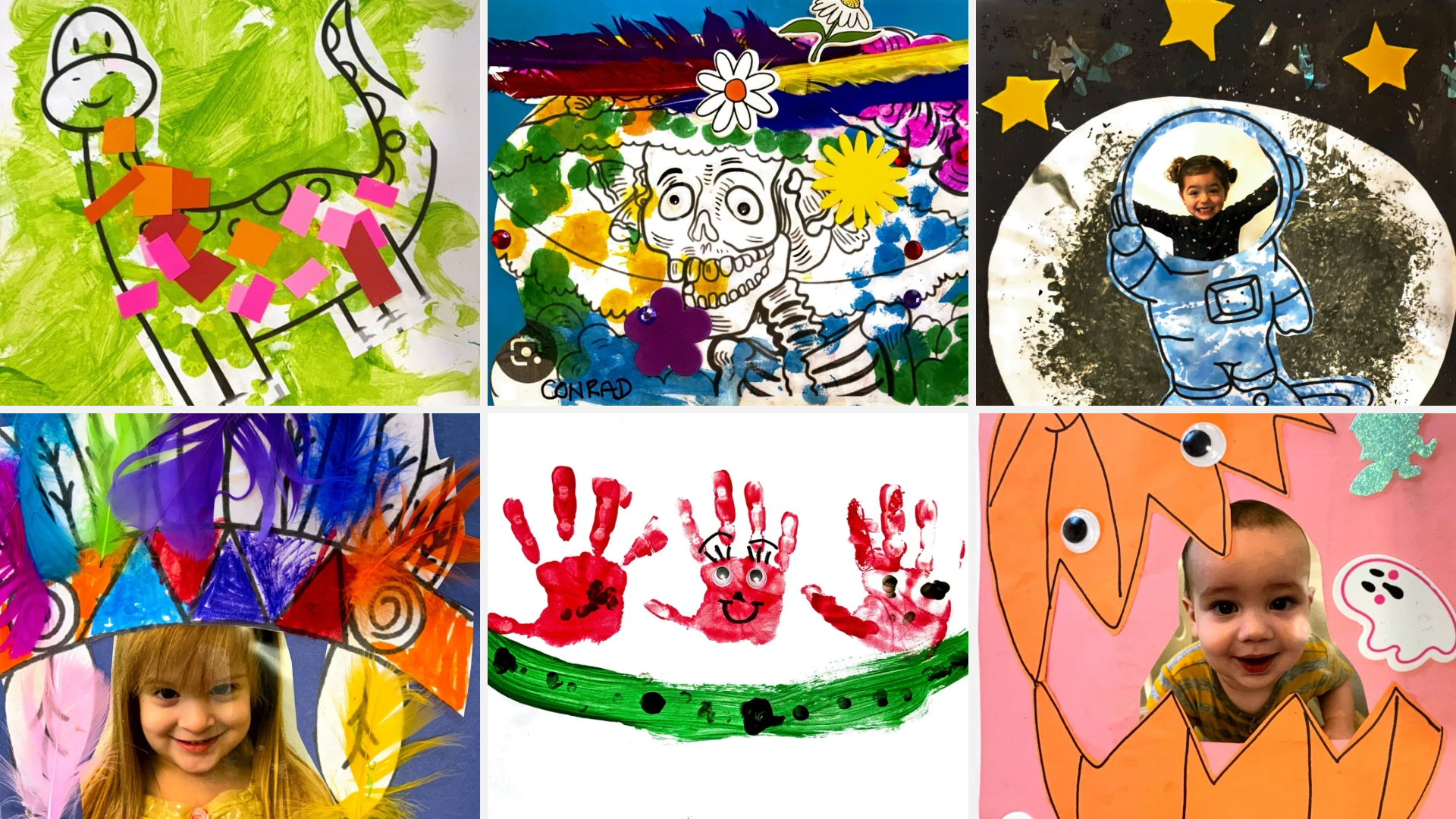Explore, Learn, Smile!
Language acquisition:
The language acquisition component of the Spanish immersion program emphasizes the natural and intuitive learning of Spanish through everyday interactions. Children engage with the language in a way that mirrors how they learn their native tongue, using songs, stories, and conversational practice. This method helps children build a strong foundation in vocabulary and pronunciation, enabling them to communicate effectively and confidently in Spanish.
Emotional and social growth:
A safe and nurturing environment supports not only physical safety but also emotional and social growth. At Nanny’s Home Care, children are encouraged to form friendships, express their feelings, and develop social skills in a supportive setting. By providing a stable and caring environment, children can learn to navigate social interactions and build emotional resilience, preparing them for the complexities of interpersonal relationships.
Cultural awareness:
Beyond language skills, the Spanish immersion curriculum is designed to enhance cultural awareness. By incorporating elements of Spanish-speaking cultures into lessons, children gain a broader understanding of the world around them. Exposure to cultural traditions, music, and customs helps foster respect and appreciation for diversity, enriching their global perspective from an early age.
Creative exploration:
Artistic expression is encouraged through various creative activities that allow children to explore and express their individuality. By engaging in art projects, music, and drama, children can develop their creativity and imagination. This aspect of the curriculum supports emotional expression and helps build confidence in their abilities, fostering a lifelong love for the arts.
Cognitive development:
The holistic learning approach includes activities that promote cognitive development, such as science, math and cooking. This activity reinforces mathematical concepts like fractions and introduces basic scientific principles, enhancing critical thinking and problem-solving skills. By engaging with challenging material, children develop intellectual curiosity and a strong foundation for future academic endeavors.
Physical development:
Physical development is an integral part of the curriculum, with activities designed to enhance both fine and gross motor skills. Through sensory activities, play, dancing and yoga, children improve their coordination, balance, and strength. These physical activities are important for overall health and well-being, helping children build the physical tenacity necessary for everyday tasks and play.
Our Curriculum
These are some of our Spanish books that we use to develop Spanish vocabulary, find motor skills, math, sensory skills and art.










